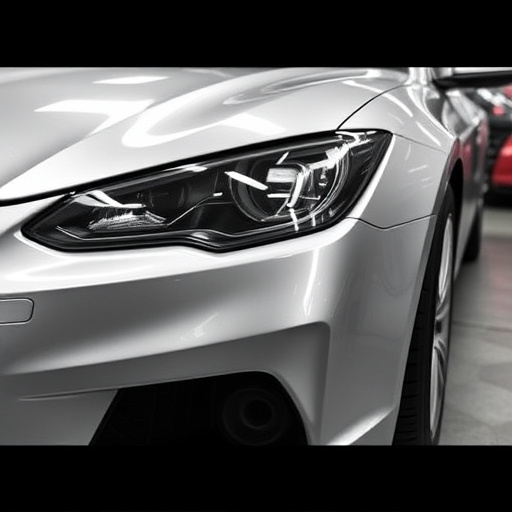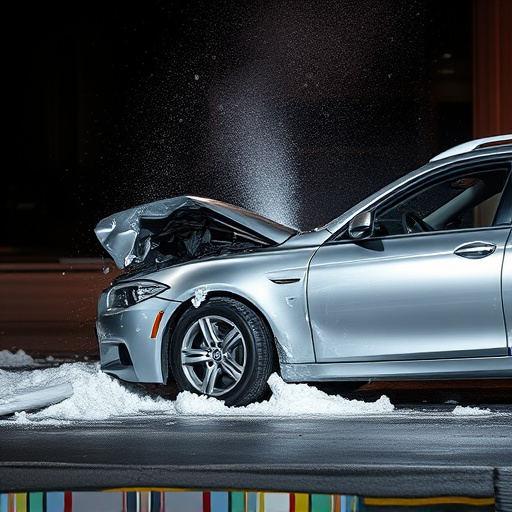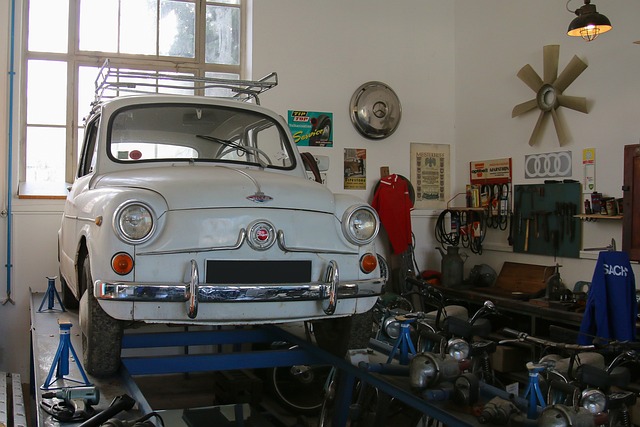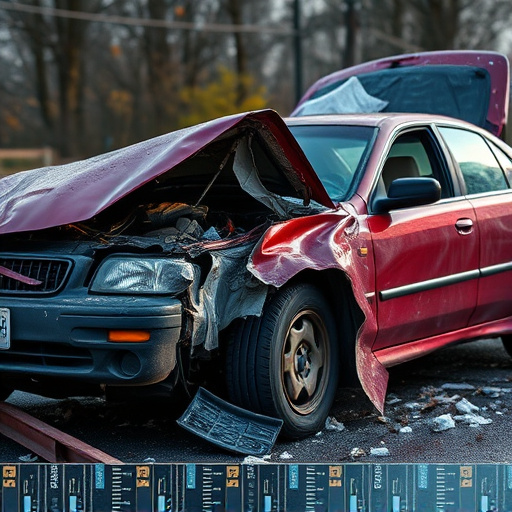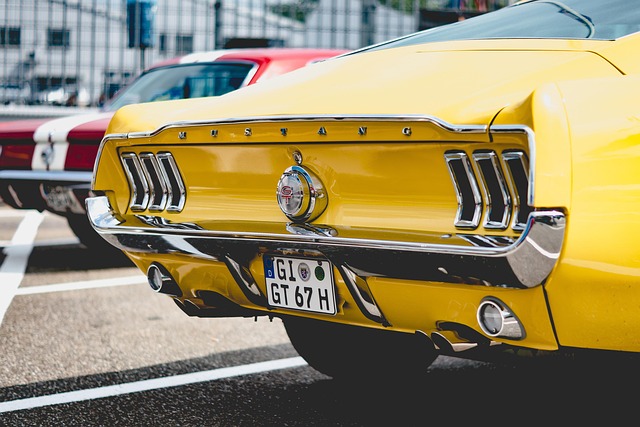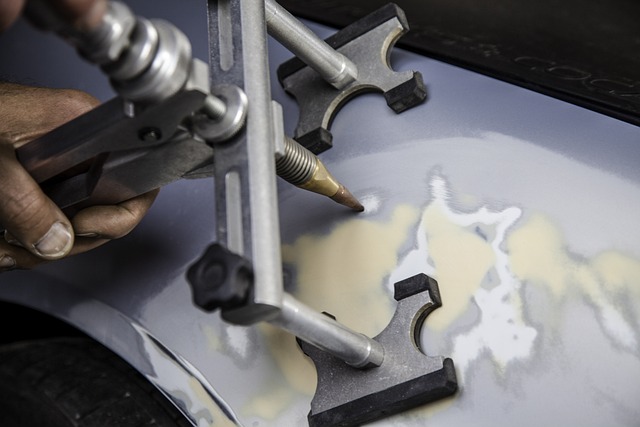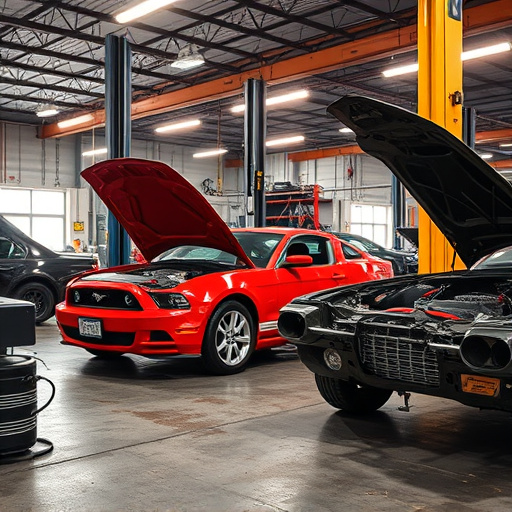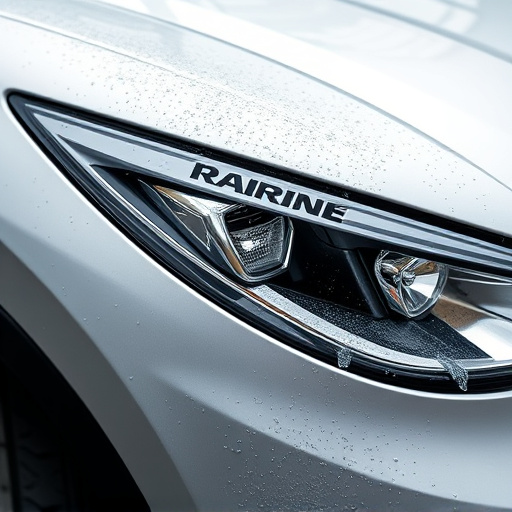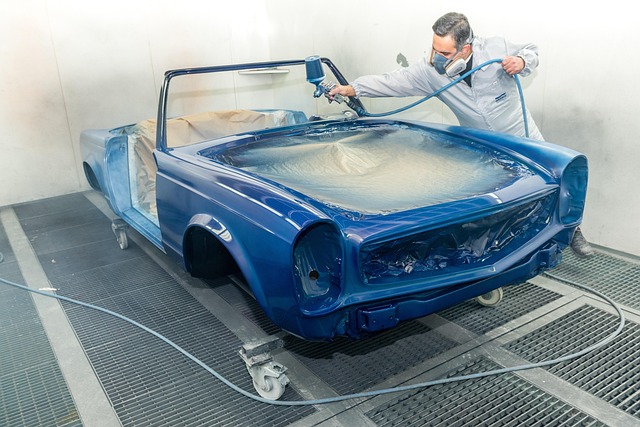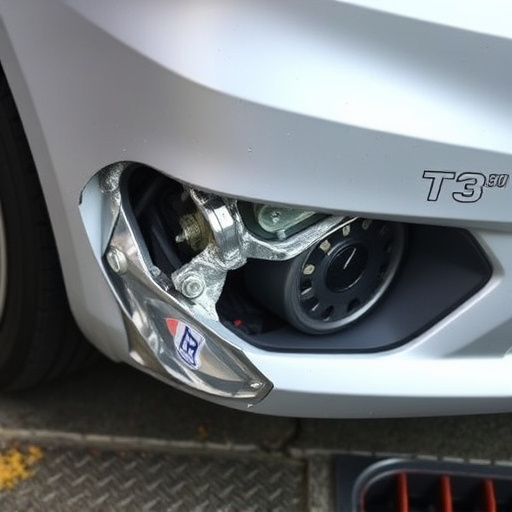Aftermarket auto glass offers a cost-effective and high-quality alternative to OEM parts, with stringent quality control ensuring safety standards are met or exceeded. Faster installation times and competitive pricing make it a preferred choice for collision repair shops. While used auto glass may seem cheaper, its quality and reliability often disappoint due to hidden cracks, chips, and lack of precise fitment. Aftermarket glass, produced using advanced manufacturing processes, offers superior strength, impact resistance, and enhanced vehicle body restoration. Choosing high-quality aftermarket glass ensures safer, more effective collision repair with long-term benefits like warranties covering cracks and chips.
“Considering replacing your vehicle’s windshield? Explore the benefits of opting for aftermarket auto glass over used alternatives. Aftermarket glass offers enhanced safety, improved clarity, and advanced technology features compared to its pre-owned counterparts. While used glass may seem like a cost-effective solution, it often presents hidden risks and inferior quality.
This guide delves into the key differences, helping you make an informed decision. From understanding aftermarket advantages to identifying common issues with used glass, we’ll equip you with the knowledge to choose the best option for your vehicle’s safety and performance.”
- Understanding Aftermarket Auto Glass: Its Benefits and Quality
- When Used Auto Glass Falls Short: Common Issues and Limitations
- Making the Decision: Factors to Consider Before Choosing Your Windshield
Understanding Aftermarket Auto Glass: Its Benefits and Quality
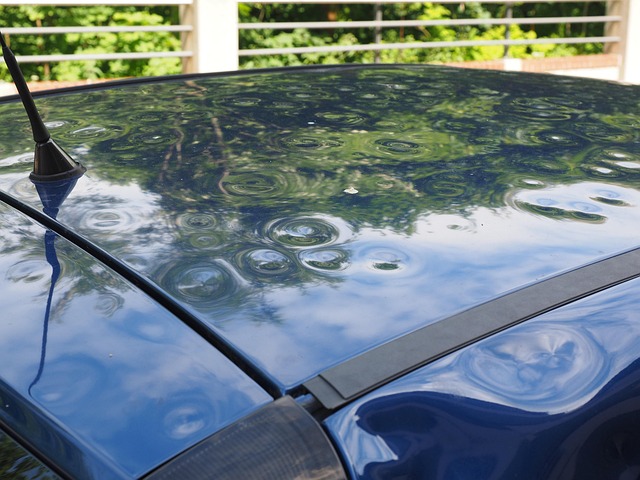
Aftermarket auto glass refers to replacement windshields, side windows, and backglasses that are manufactured by companies other than the original equipment manufacturer (OEM). While used auto glass might seem like a cost-effective option, aftermarket glass offers several significant advantages. One of the primary benefits is quality. Aftermarket manufacturers adhere to stringent quality control measures, ensuring that their products meet or exceed safety standards. These glasses are designed to fit various vehicle makes and models precisely, providing optimal visibility and structural integrity.
Moreover, choosing aftermarket auto glass can lead to faster installation times and more affordable pricing without compromising on quality. Many collision repair shops prefer aftermarket options due to their efficiency in auto collision repair processes. By opting for these glasses, drivers not only benefit from enhanced safety features but also potentially save money while ensuring their vehicles return to their pre-accident condition.
When Used Auto Glass Falls Short: Common Issues and Limitations

Used auto glass, while seemingly appealing due to its cost-effectiveness, often falls short when it comes to quality and reliability. Many used auto glass pieces have endured prior installations, removal, and potential exposure to environmental elements, leading to imperfections such as cracks, chips, or deformations. These issues might not be immediately visible during a quick inspection but can compromise the structural integrity of the glass over time, posing safety risks for drivers and passengers.
Additionally, used auto glass may lack the precision fitment required for modern vehicles, leading to problems with sealing and water penetration. In the event of a collision or accident, aftermarket auto glass offers superior strength and impact resistance due to its advanced manufacturing processes. When seeking collision repair services or vehicle restoration, opting for high-quality aftermarket glass ensures that your vehicle’s safety features, such as side impact airbags, function optimally, enhancing overall vehicle body repair capabilities.
Making the Decision: Factors to Consider Before Choosing Your Windshield
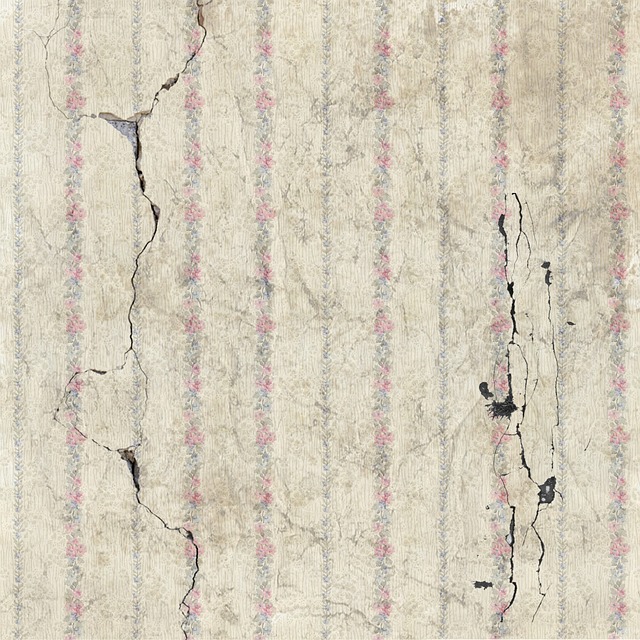
Making the Decision: Factors to Consider Before Choosing Your Windshield
When it comes to replacing your car’s windshield or other auto glass, many drivers face a crucial choice between aftermarket auto glass and used auto glass. To make an informed decision, you should consider several factors that go beyond cost. First, assess the quality and safety standards of the glass. Aftermarket auto glass from reputable manufacturers often meets or exceeds original equipment manufacturer (OEM) standards, ensuring superior clarity and impact resistance. Used auto glass, while potentially more affordable, may have variable quality, and its origin and history can be harder to verify.
Additionally, weigh the potential long-term savings and benefits of aftermarket glass. While initial costs might be higher, aftermarket products are often backed by warranties that cover cracks and chips for extended periods, providing peace of mind and saving you money on future repairs. In contrast, used auto glass typically comes with fewer guarantees, leaving you more vulnerable to unexpected costs down the line. Considering these aspects will help guide your choice, ensuring you get reliable, high-quality auto glass repair for your vehicle.
When deciding between aftermarket auto glass and used auto glass, understanding their distinct advantages is key. Aftermarket glass offers superior quality, advanced safety features, and customizable options, making it a top choice for those seeking the best protection and performance. While used auto glass may be more cost-effective, it often comes with unknown history, potential damage, and limited warranty coverage. By carefully evaluating factors like price, reputation, and warranty terms, you can make an informed decision that prioritizes safety and reliability for your vehicle. Opting for aftermarket glass ensures a seamless fit, enhanced visibility, and peace of mind on the road.
